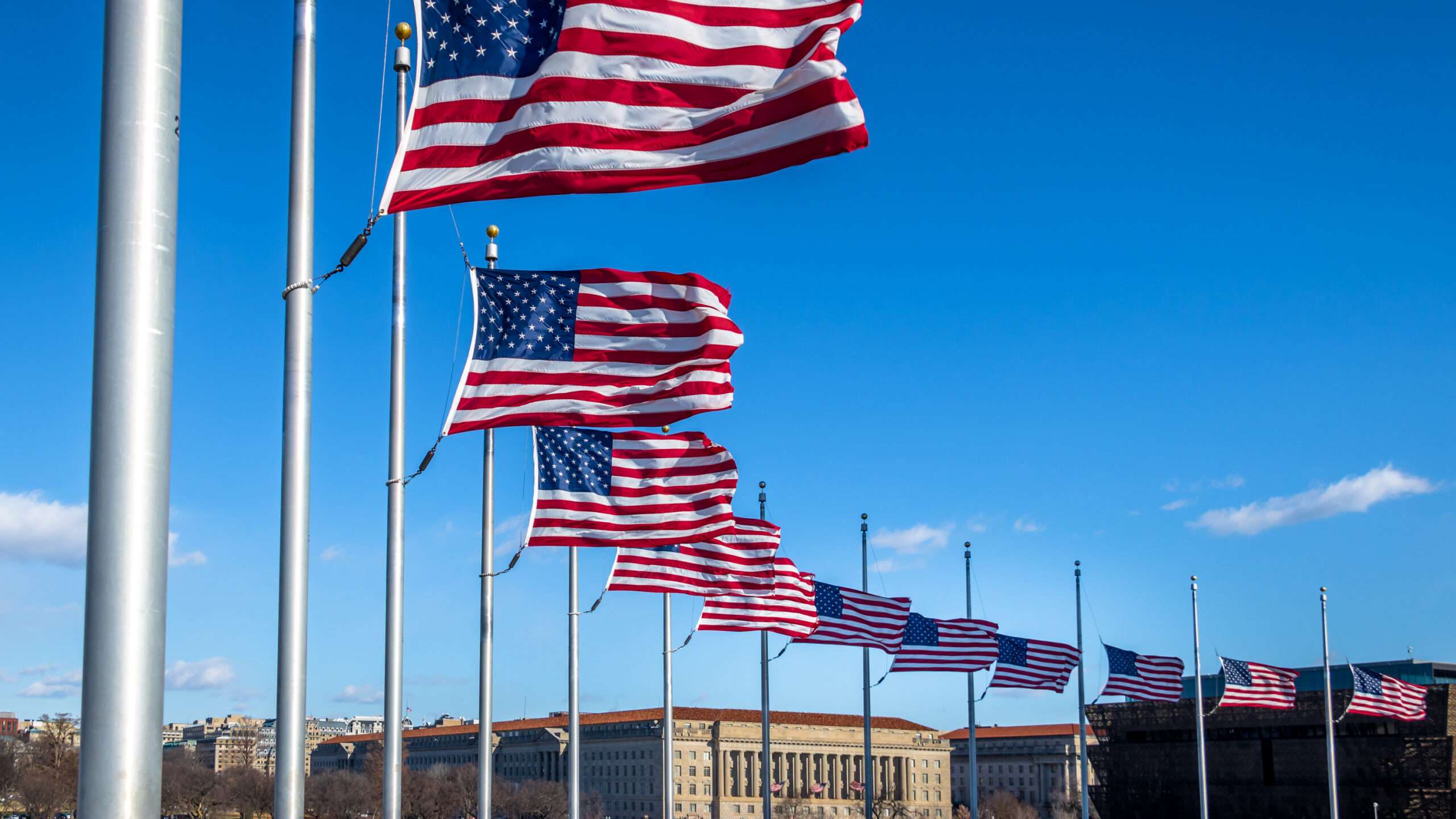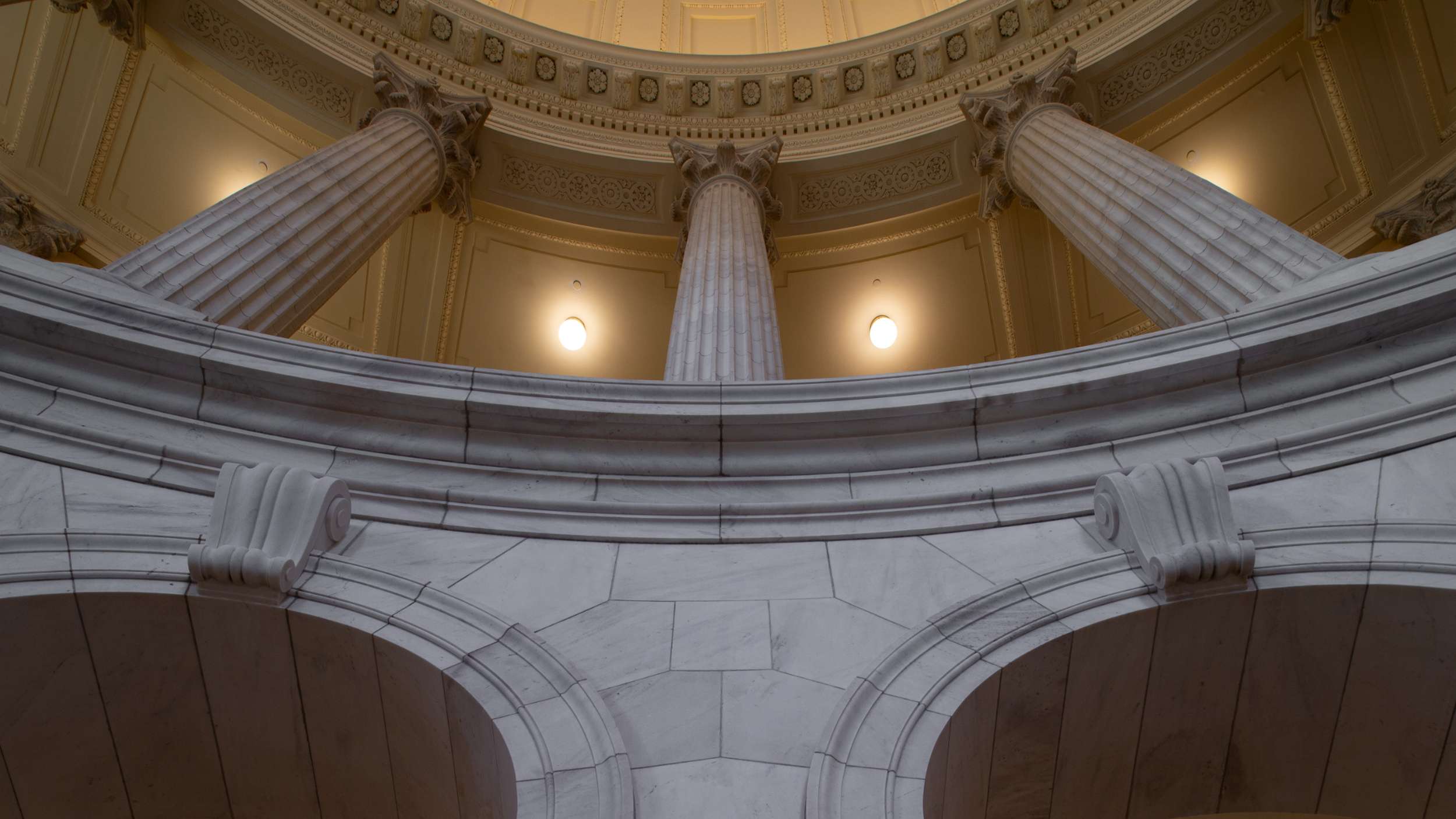
The Trans-Pacific Partnership is a 12-country NAFTA-style trade deal with two serious problems. It doesn’t work, and it’s bad for democracy.
[Reposted from the Huffington Post | Stan Sorscher | June 19, 2015]
First, everyone is in favor of trade. We can have good trade policy that raises living standards or bad trade policy that works fabulously well for a few, but very badly for everyone else.
More than any other policy, trade policy creates winners and losers.
For instance, pharmaceutical companies are big winners. Their expanded patent monopolies will cost everyone else billions. Nike is a winner because new investor protections will apply to its operations in Vietnam, where Nike already exploits the lowest cost labor they could find on earth. Electronics companies win big, because they use components made in Malaysia where 28% of the electronics workers are victims of forced labor. Financial companies can shield themselves from regulation.
The opposite is true for workers in the US, who would compete with imports from 6 TPP countries where human trafficking, forced labor and child labor fail to meet international standards – Brunei, Vietnam, Peru, Singapore and Mexico are in the “bad” category for labor standards, while Malaysia is in the “worst” category, according to US State Department evaluations.
Perhaps TPP’s greater failure is what is NOT in the deal. New jobs are NOT in the deal. Since NAFTA, we’ve heard false promises of millions of new jobs.
In real-life 21st Century globalization, we’ve lost millions of jobs. A factory is closed in Indianapolis, but we don’t reinvest that capital in our domestic economy. Instead, the capital and technology go to China. Investors win. Workers’ wages stagnate. New income goes almost entirely to the top 1%.
Since NAFTA, the US trade deficit has been around $500 billion per year – a total of $11 trillion in economic activity that could have been performed by 4 or 5 million workers in the US. Instead, our bad trade policy encouraged that work to move elsewhere.
Proponents of NAFTA-style trade deals promise we will share the gains from trade, raise labor standards and protect the environment. Our lived experience tells us otherwise.
Our US Trade Representative has never enforced environmental standards. Peru violated its commitments for environmental standards, and relaxed labor protections it needed to qualify for the US-Peru trade deal. Peru keeps its favorable access to our markets, we ignore its violations, and workers in the US lose their jobs. Honduras, Guatemala, and Colombia fall short on their commitments but suffer no meaningful consequences.
TPP misses another huge opportunity to share gains from trade, by ignoring currency manipulation. Economists tell us that trade deficits are resolved when currencies adjust. Of course, when China, Korea, Japan and other countries manipulate their currencies, workers across the US lose jobs to bad trade policy.
Companies who still produce in the US must also deal with value-added taxes (VAT), which are used by almost every country in the world except the US. That means Europe, Canada, Singapore, Mexico and other trading partners collect this tax when we ship our products into their countries. This raises the cost of our products. Goods and services produced in other countries and exported to the US receive a rebate of their VAT, which effectively lowers the cost of foreign products for US consumers. Our failed trade policy ignores this double cost penalty that US producers face in 21st Century globalization. VATs typically run 15-20%, while average tariffs are much lower – 4%.
TPP advocates tell us we need to set the rules so China won’t. That’s true. But, we should set good rules, not bad rules.
China is not in TPP, yet. They could join later. In the meantime, China has access to our markets, and China’s economy is already highly integrated into the markets of nearby TPP countries. China can export directly to the US, or through Malaysia, Singapore, Japan, Korea and other countries, which have trade deals. TPP sets bad rules. China, and US corporations that produce in China, will benefit. Companies in the US and their workers are worse off.
Consistent winners through all of this are US companies that move production to China, Vietnam, Malaysia, Peru or other low-wage countries. They benefit from weak labor and environmental protections, currency manipulation, border taxes like VAT, and they get to keep their profits offshore to avoid US taxes. Global companies can re-write patent and licensing rules to their advantage in bad trade agreements and they get preferred treatment in corporate-friendly trade tribunals when any country tries to change these rules in the public interest.
One piece of the president’s trade package endorses Malaysia’s persistent human trafficking, blocks action on currency manipulation, and restricts our ability to deal with climate change. That says a lot about whose interests are driving our bad trade policy.
Members of Congress recently voted to repeal a rule that tells American consumers where our beef, chicken, and pork come from. We lost a trade challenge on this “country-of-origin” labeling (COOL), because the World Trade Organization said COOL hurt foreign food producers. This is a clear example of how investor interests supersede public interests under bad trade deals. The same threats to democracy apply to health care, financial regulation, public services, “buy local” rules, environmental protections and labor laws. This is good for global investors and bad for Democracy.
About half of Congress has figured this out. In dramatic fashion, Congress temporarily blocked the path for TPP, although you would need an advanced degree in sausage-making to figure out what happened.
We know that President Obama took his presidential motorcade across town to a baseball game to speak to House Democratic Leader Nancy Pelosi. We know that she made a dramatic floor speech the next day and shot out the tires on his trade bandwagon.
She also wrote a terrific editorial explaining how a better trade policy could share the gains from trade, AND balance the interests of global investors with workers and the environment, AND show everyone that an engaged democratic process creates better outcomes.
Her message is that our trade policy should do as much for workers and the environment as it does for investors.
Nancy Pelosi has shown great leadership by re-framing the trade issue. We should redesign the negotiating process to include all stakeholders, as she says. We should set national priorities that make sense to everyone, and broaden the question: who else in America should be winners in our trade policy?
Trade is worth doing, and it’s absolutely worth doing right.













